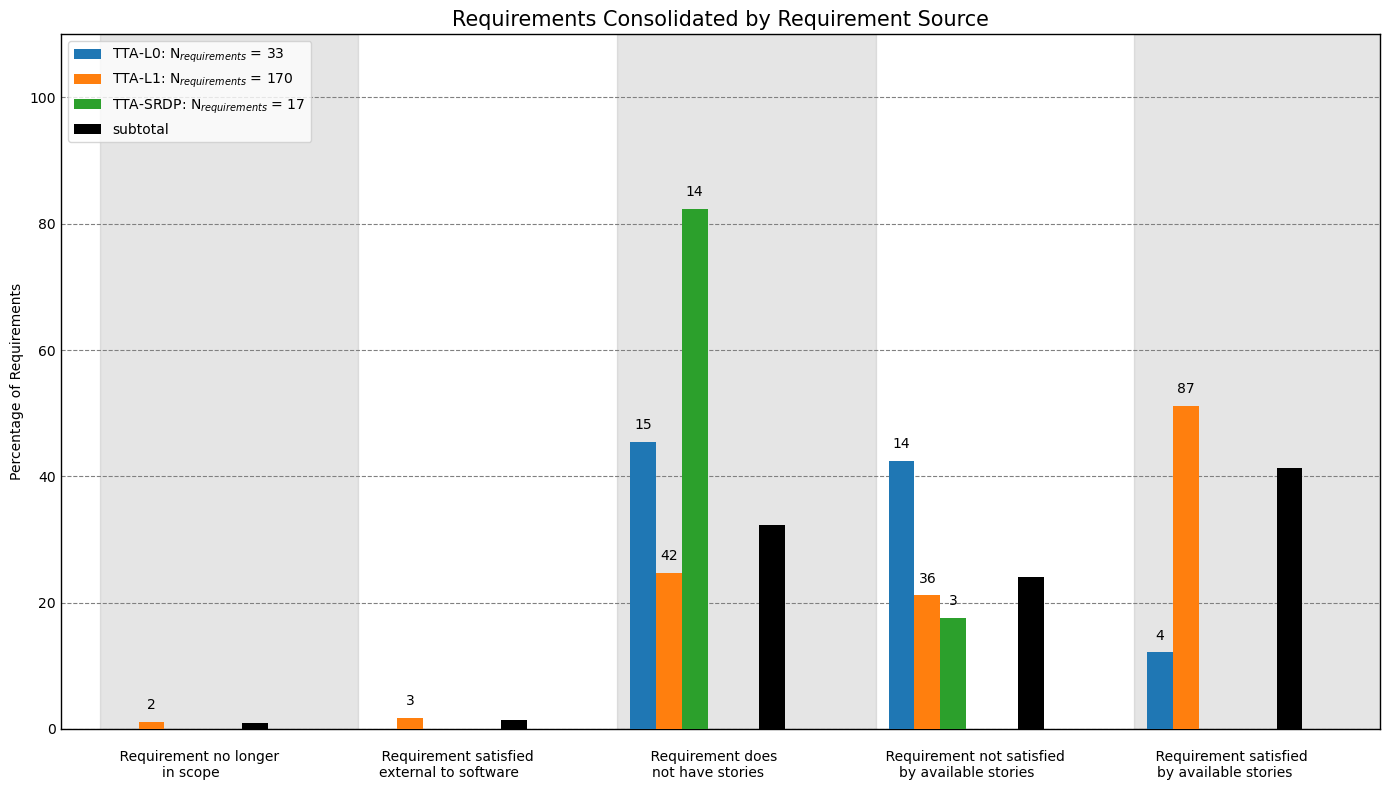- Date: //date
- Time: 9:00 ET
- Location: nraozoom04
- Sprint Calendar
Agenda:
- Mark F -
- From Backlog 1/23/23 - We are revisiting this decision because it has deviated from the domain driven concept of having the same concepts at the user facing side as the system. In Backlog 1/30/23, we decided to reverse this decision. We will keep Review Type of None and Review State of Closed.
- Confirmed removing "Closed" as a Review State in favor of just deleting the ISR.
- Confirmed removing "None" as a Review Type
- ISRs are created upon the assignment of a Review Type (Primary, Secondary, Tertiary)
- If the Review Type is unassigned, then the ISR is deleted.
- A SRP Chair or TTA member has the ability to change the Review Type.
- If the Review State is not blank, then a warning is given saying that data (ISR) will be deleted
- If the Review State is Finalized, then the Review Type cannot be changed by either TTA or SRP Chair.
- TTA Planning Meeting Presentation: 2023-02-03 TTA Tools Project Review
- Response to User Review of v0.1 (Allie)
- Discussion on stories in Sprint 47
- As written, are these capturing where (e.g., FE/BE) and what (e.g., requirements) the work currently is?
| Expand | ||||||||||||||
|---|---|---|---|---|---|---|---|---|---|---|---|---|---|---|
| ||||||||||||||
|
| Expand | ||
|---|---|---|
| ||
688-TTAT-014-MGMT_REQ-Mapped-Jira-1-2030-23.csv
Multiple high level requirements create lower level requirements. The origin of the low level requirements are mapped directly to the stories and scored in the figure below. The ordinate is the percentage of requirements associated with the requirement group (e.g., TTA-1, TTA-L0). The abscissa is the translation of the score into words. The colored bars represent each requirement group, and the black bar is the total number of requirements that belong to that scoring bin. The number of requirements is shown at the top of each bar. Note that there may be duplication in counting the requirements (see next figure for only the low level requirements). For example, in "Story does not exist", there are 6 requirements derived directly from the high level requirement group of TTA-1, which accounts for ~48% of the total requirements (17) associated with TTA-1. The black bar in this bin shows that roughly 55% of all the requirement groups accounted for here do not have a story associated with them. The figure below shows only the low level requirements of TTA-L0, TTA-L1, and TTA-SRDP. These requirements will be mapped to software versions in a subsequent figure. Of interest is how the requirements are satisfied according to software versions and what percentage of the stories are complete. The versions shown in the figure below are associated with keywords (source: https://open-confluence.nrao.edu/x/4CL2BQ):
Also shown in the bottom subplot is the percentage of stories that are done per group (as of 1.29.23). The requirements are associated with Work Package names, which roughly translate to portions of the system (e.g., Create Projects, Review Configuration). The figure below shows how the low level requirements are scored when sorted by Work Package. As before, the total number of requirements per scoring bin in shown in black, and the number of requirements is shown at the top of each bar. The Work Packages of interest were
Not every story was mapped to a requirement, usually because
The figure below shows the breakdown of the number of stories (as of 1.19.23) that were account for in this analysis. They are sorted into bins of "Not Mapped" and "Mapped", which means they are either not associated with a requirement or are, respectively. The status (as of 1.29.2023) of the ticket is also used to subdivide the tickets. Note, tickets with the "In Progress" status were assumed to be "Done". As before, the total number of requirements per scoring bin in shown in black, and the number of requirements is shown at the top of each bar. The labels are roughly associated with the Work Package keyword, though they more descriptive to represents sections of the software:
|
Open Actions:
| Task report | ||
|---|---|---|
|





